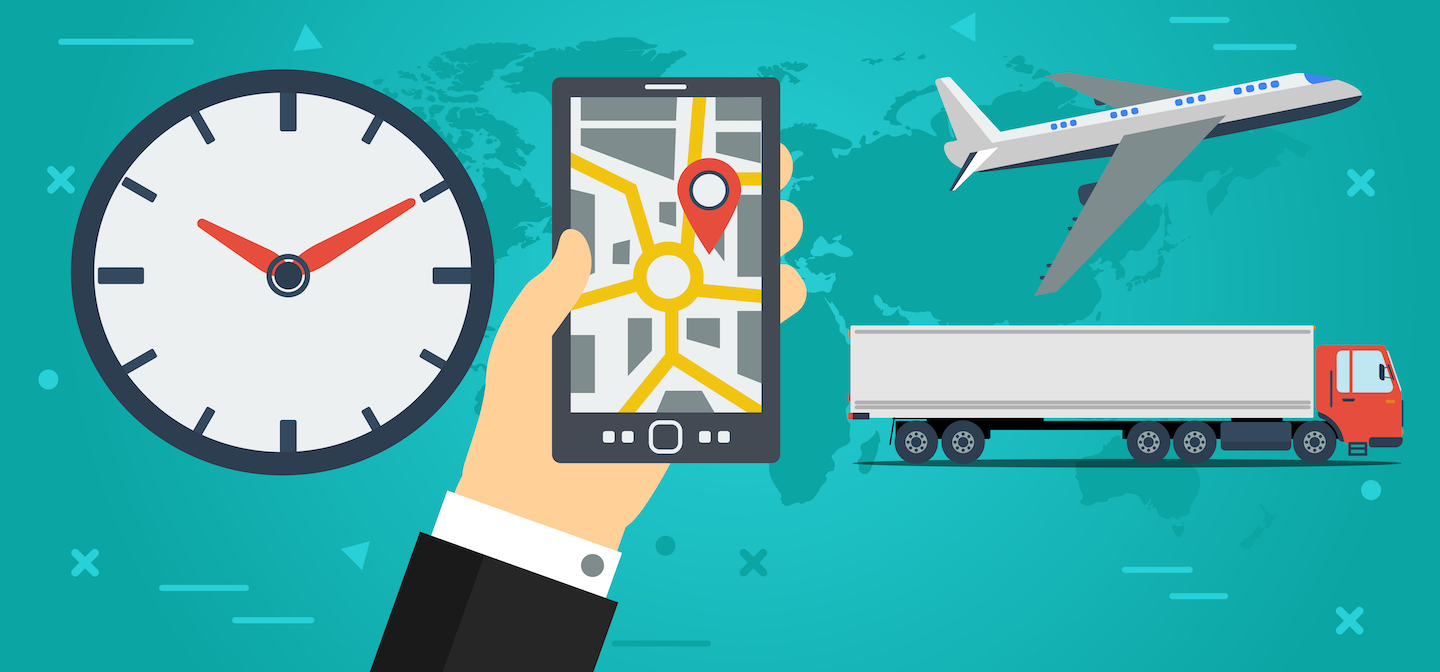Introduction
The transportation industry plays a crucial role in the global economy, connecting businesses and consumers by moving goods efficiently and reliably. To optimize operations, Transportation Management Systems (TMS) have become vital for logistics companies. In recent years, the rise of Software-as-a-Service (SaaS) applications has revolutionized the TMS landscape. These cloud-based solutions offer numerous benefits, such as scalability, cost-effectiveness, and accessibility. In this article, we will explore the key features that make a SaaS application for a Transportation Management System successful.
Shipment Visibility:
One of the fundamental requirements of a robust TMS is real-time visibility into shipments. A SaaS application should provide a comprehensive tracking system that allows users to monitor the status, location, and estimated time of arrival for each shipment. This feature enables logistics managers to proactively address potential issues, make informed decisions, and provide accurate updates to clients.
Route Optimization:
Efficient route planning is crucial to minimize transportation costs and optimize delivery schedules. A powerful TMS should offer route optimization capabilities that consider various factors such as distance, traffic conditions, delivery windows, and vehicle capacities. By leveraging advanced algorithms, a SaaS application can generate optimal routes that save time, fuel, and resources.
Warehouse Management Integration:
Seamless integration with warehouse management systems is essential for end-to-end supply chain visibility. A TMS SaaS application should enable synchronized data exchange between transportation and warehouse operations. This integration allows for efficient coordination of inbound and outbound shipments, accurate inventory management, and streamlined order fulfillment processes.
Carrier and Vendor Management:
Managing relationships with carriers and vendors is a critical aspect of transportation management. A feature-rich TMS SaaS application should facilitate carrier onboarding, rating, and selection based on factors like cost, performance, and reliability. It should also provide tools for automating the tendering process, negotiating rates, and managing contracts. Effective vendor management capabilities empower logistics managers to make informed decisions, optimize costs, and maintain strong partnerships.
Rating Engine:
A robust TMS SaaS application should include a Rating Engine feature. This feature allows logistics companies to calculate accurate freight rates based on factors such as distance, weight, shipment dimensions, and any additional surcharges or accessorial charges. The Rating Engine feature automates the rate calculation process, ensuring accuracy and consistency while eliminating manual errors. It enables logistics managers to quickly generate quotes for customers, compare carrier rates, and select the most cost-effective options.
Billing:
Efficient and accurate billing is a crucial component of transportation management. A TMS SaaS application should have robust billing capabilities that automate the creation and management of invoices. It should support various billing methods, such as flat-rate, per-mile, or based on specific contractual agreements. The billing feature should also integrate seamlessly with financial systems, allowing for easy invoice generation, tracking, and reconciliation.
EDI Invoice Delivery:
Electronic Data Interchange (EDI) is a standard method for exchanging business documents electronically. A TMS SaaS application should support EDI invoice delivery, enabling logistics companies to send invoices electronically to their customers and business partners. This feature streamlines the invoicing process, reduces paperwork, minimizes errors, and improves efficiency. EDI invoice delivery also facilitates faster payment processing and enhances the overall customer experience.
Freight Audit and Payment:
Manual freight audit and payment processes are time-consuming and prone to errors. A TMS SaaS application should automate these tasks, ensuring accurate invoice validation, freight bill auditing, and payment processing. By streamlining financial operations, companies can significantly reduce administrative overhead, enhance accuracy, and improve cash flow management.
Analytics and Reporting:
Data-driven insights are crucial for optimizing transportation operations. A comprehensive TMS SaaS application should offer advanced analytics and reporting features. These tools allow users to generate customized reports, visualize key performance indicators (KPIs), and gain actionable insights into operational efficiency, cost trends, delivery performance, and customer satisfaction. By leveraging data analytics, logistics managers can make data-backed decisions and identify areas for continuous improvement.
Scalability and Flexibility:
As businesses grow and evolve, their transportation requirements change. A scalable and flexible TMS SaaS application should accommodate such changes seamlessly. It should offer customization options, integration capabilities with other enterprise systems, and the ability to handle a growing volume of transactions. Scalability ensures that the application can meet the evolving needs of businesses, regardless of their size or complexity.
Conclusion:
A SaaS application for Transportation Management System brings unparalleled benefits to logistics companies, empowering them to streamline operations, reduce costs, and enhance customer satisfaction. By incorporating key features such as shipment visibility, route optimization, warehouse management integration, carrier and vendor management, rating engine, billing, EDI invoice delivery, freight audit and payment automation, analytics, and scalability, a TMS SaaS application can revolutionize transportation management processes and drive sustainable growth in the industry.



